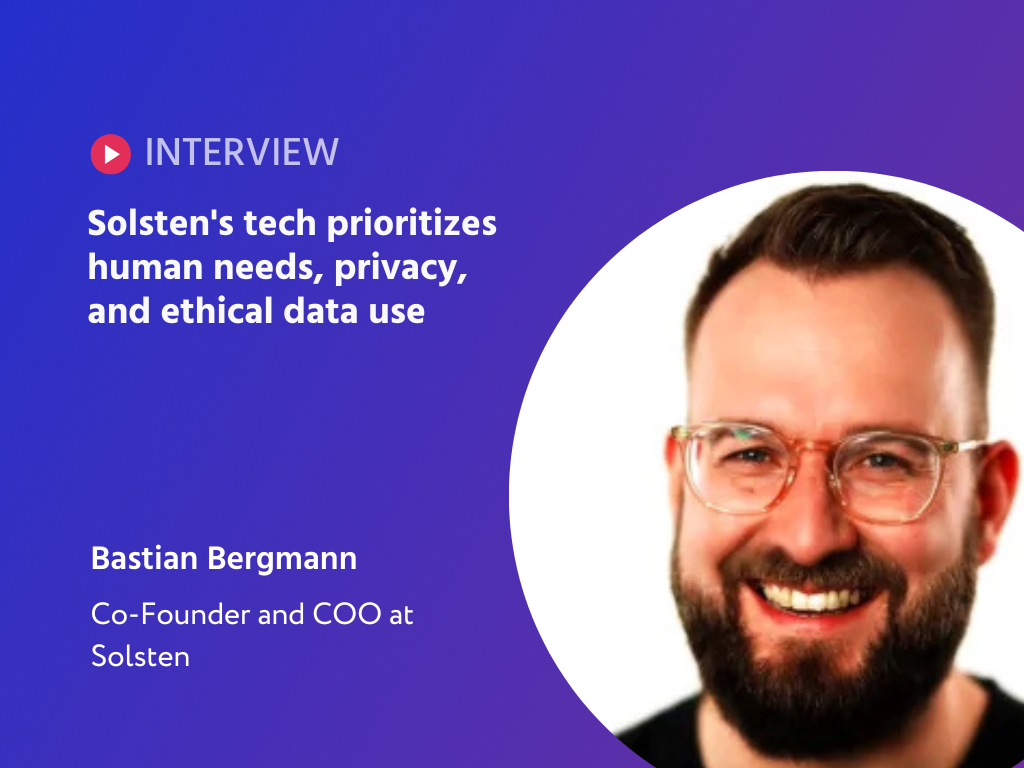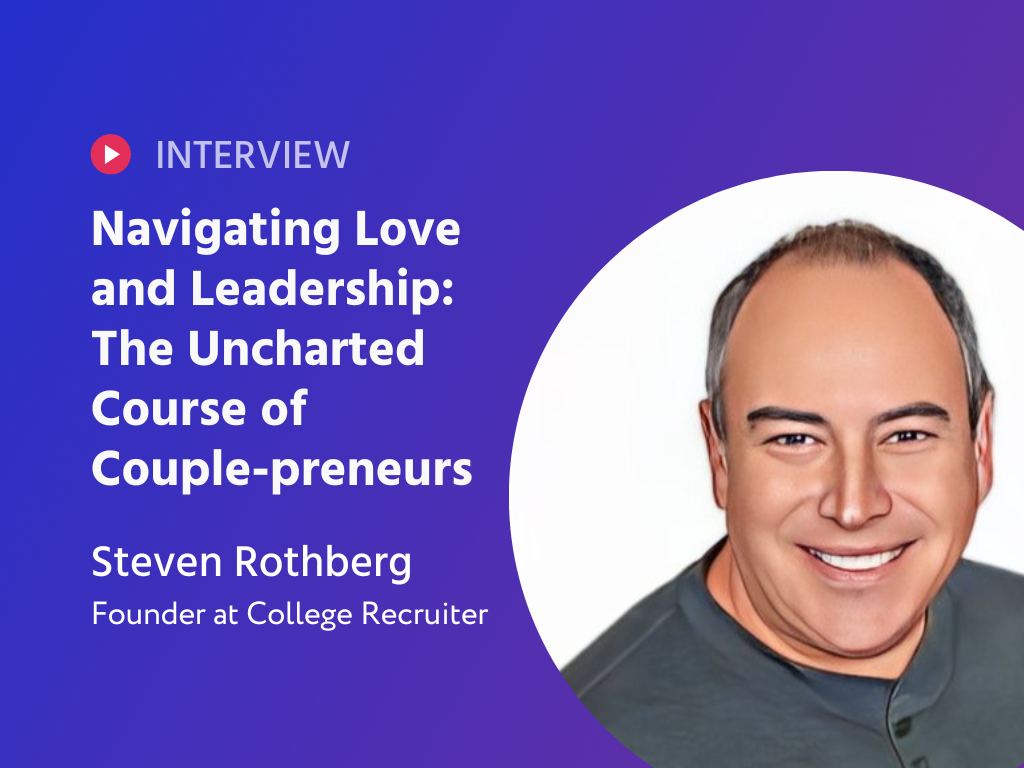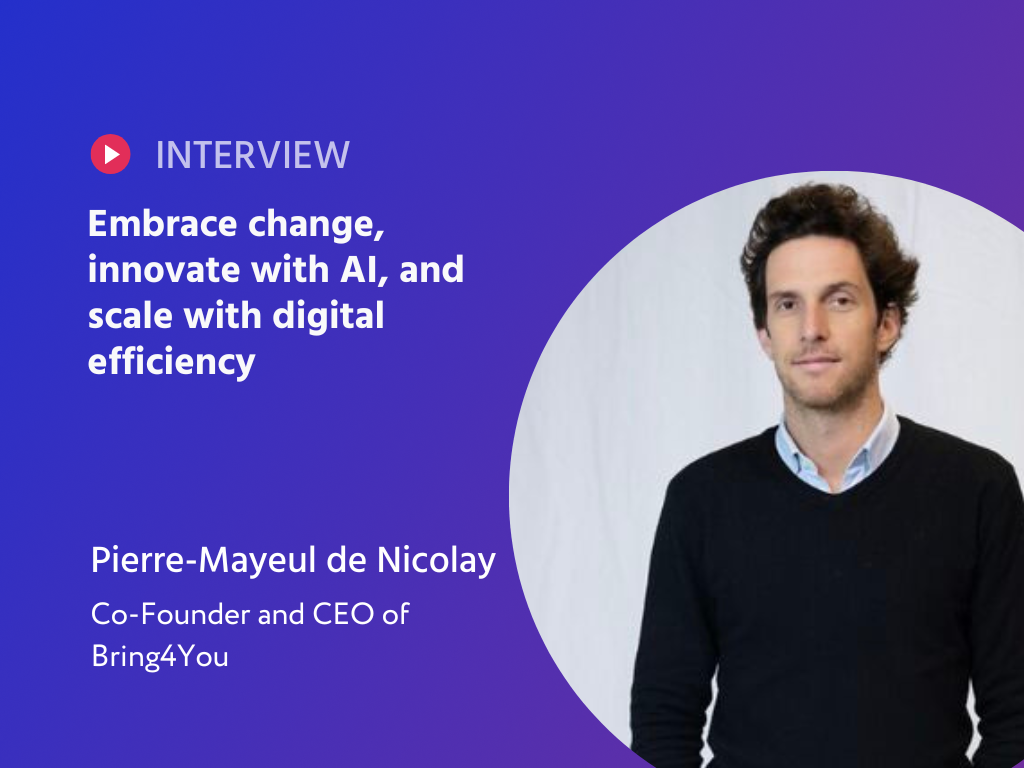David Stifter, Founder of PredictAP, first spent 17 years in a huge private equity investment firm named Colony Capital, which has lately moved focus and changed its name to Digital Bridge. A self-proclaimed geek at heart, his journey has taken him through a variety of professions, and in doing so, he has discovered possibilities and shifted around to fulfill those needs.
PredictAP can now automatically code invoices based on historical data analysis. Invoice header information, such as the correct vendor, GL codes, expense accounts, cost allocations, and more, is retrieved. When your accounts payable team receives fully coded invoices, they evaluate them, make any necessary adjustments, and send them through your standard approval process. All in three simple steps: send, check and submit.
In this article David touches on the importance of being the solution, not part of the problem, how to find your dream team by starting with an offer of a side hustle, and how they at PredictAP are using AI for more than marketing purposes, unlike many other companies out there.
Part of the .com boom
Having ridden the wave of the.com boom, during which he started “College Web Guys”, one of the earliest social media platforms, David explains how crucial it is to pick the ideal time to start your business, as his original idea arrived nearly a decade too early.
"I was in college, I had a business and I was ready to retire in two years. Then there was the crash. So that was a wake-up call. I was a senior in college, and instead of retiring to Fiji as planned, I was struggling to find work. I ended up working as a custodial fund accountant for a company called Investors Bank of Trust."
My main goal in life is to make things more succinct; if there is a problem, I locate it and solve it
“I was one of a thousand accountants who examined the statistics every day. For anything as simple as variable rate security items, we had to go to a Bloomberg terminal, which took 30 minutes per time. I figured out how to make a disk that, when inserted, automatically lowers the rates and finishes the procedure. I informed my bosses, I had a way of automating it and we would be able to save thousands of hours.”
The sore topic of the coin
All businesses have bills that must be paid, and it's not uncommon for there to be a number of moving parts involved.
David describes how the majority of mid-sized businesses have an approvals procedure in place; a digital system for receiving, processing, and approving bills is critical for ensuring proper role separation. However, a significant amount of time is still spent working on the electronic workflow and approval of moving everything from paper to it.
Even though a large investment firm processes hundreds of millions of transactions per year, with millions more flowing in and out, they still spend a significant amount of time on paperwork, permissions, transferring funds, reconciling, and so on.
"With a lot of investment firms, private equity firms, or just financial firms, it's not as simple as saying, 'Hey, I have my own bill, I pay it on my credit card, and I'm done.' Typically, there is a method for allocating expenses; a little bit goes here, a little bit goes there."
"So we were leveraging some existing technology, some OCR, scraping, some outsourced labor to take some items off the invoice itself, but the knowledge base aspect wasn't being addressed."
I saw it as a real hole in this piece of the workflow
Everyone in the world is using AI… or are they?
David explains how challenging AI is due to the need for high-quality annotated training data. He spent hours, if not days, on conversations with his rivals and industry peers, where he learned all the dirty details of artificial intelligence and how many people are utilizing it more as a marketing tool than a means to solve problems.
"Maybe some OCR was used, but in practice, most businesses were shipping data to India, where they use a very hard programmed templated technique in which a person builds these rules one by one. Consuming of time and resources; poor business practice."
They were dealing with a lot of chaff instead of wheat
David spent a lot of time looking for answers before he decided to start a project within the firm to try to construct a proof of concept for it.
I didn't set out to found a business; rather, I went out to go find the company that's doing this
David explains that while correctly categorizing these real estate bills may appear to be a straightforward task, it is in fact rather involved owing to the numerous possible outcomes.
After asking several other CTOs the same question, he learned that most of them are simply "throwing bodies at the problem." Some of them are hiring more people to help with OCR, but that's about it.
This was a huge eye-opener for David; he had to go from his usual practice of creating on-premise solutions for businesses using makeshift methods, duct taping, and bubble gumming it together, to the more rigorous approach required to create a successful SaaS company. Making such a commercially viable product required a significant investment of time and resources.
This is a real problem in a world of startups, but there's not a real solution. Why?
Getting to Market: it helps when you already have your team in mind
It took David and his team about four to six months to get the internal system up and running offering several shortcuts you can do with a single customer by overfitting models for specific situations. The burden then shifted to them to determine the steps necessary to turn this product into a viable business.
We raised capital, found investors, developed the SaaS, and conducted a proof of concept in roughly a year, going from concept to consumers
To prepare for rapid growth into a large organization, the PredictAP team invested a whole year in a fully modernized technology stack, including Kubernetes.
David tells us how there is always the temptation to go faster and it is possible, but you have to decide what you are ready to sacrifice for this. It gives you options about the depth to which you develop your proof of concept and minimum viable product (MVP).
“We made a decision to properly build out the tech stack because what we could have done is built something that looks nice on the surface, but behind the scenes, we'll figure out this coding on our own and kind of have a bit of vaporware, and we would have got to revenue much, much quicker."
“That would have left us with a mountain of tech debt, which would have stunted our development and slowed our expansion from the beginning.”
A Spider-Sense for talent
"I'm not a programmer in the least. I have a surface awareness of a number of subjects, and as my career went from individual contributor to leader, where I ended up as managing director of a large firm, I learnt how you need to adjust your focus."
"My priority is to find and enable smart people who are far more knowledgeable than me on specific technical matters."
I have a spider sense for competence when it comes to recognizing individuals that have what it takes to succeed
David explains that a CEO's duty is less about technical expertise and more about human skills, such as shielding employees from harm, encouraging them to perform their best work, and providing them with the means to succeed.
A sea of talent but a hard fish to catch
It's challenging as a startup to get good engineering talent because of so much risk with not knowing whether your startup is going to be successful. Although this is what excites many, when you have people working at Apple or Google getting paid a whole lot of money, with actually, very little risk and downside for them, how do you convince them to come on board?
David tells how it's a concoction of providing them with the opportunity to work on a very modern tech stack, and for them to realize their work directly impacts the product and its success, making the startup more successful and reliable.
"We took our time. It allowed us to scale very quickly with no major issues. And even if they were to occur, we have built in a lot of tooling around inevitable problems happening. We built the tech stack so we can very quickly promote new code and add features and all that."
"So it was an investment of time and money. But ultimately, our goal was to scale to large institution customers, so that investment really paid off!”
Find good people to work with, who understand the problem inside and out and can really work with you when you're trying to bring technology to the product
The dream team
According to David, the most important factor in their success has been hiring the right people. The premise of any business is a problem that the company hopes to solve, and in the case of technology companies, the problem is one that technology can solve. So, he explains, the execution of that vision requires a team capable of making it a reality.
Ultimately, the execution of what we want to achieve is solely based on the people building it
Even if you have the most perfect problem, the most perfect idea, you have to execute it
David explains why the execution is so crucial. He describes how It is not enough to simply develop a technological solution; consideration for the end user's viewpoint is also essential. Another technological hurdle to overcome when transitioning from a standalone piece of technology to incorporating it into a company's daily operations.
AI has its difficulties but we’ve reached the turning point
We're definitely at a turning point where startups are truly taking advantage of AI
“PredictAP could not have been created five years ago.”
Despite their fierce rivalry, Amazon and Google have become so similar that their offerings at the initial stage of document research are essentially the same. Here's where ML comes in.
The challenge is definitely big. It's definitely real
David tells how the market has a lot of skepticism about whether our kind of product and similar ones actually work. But the proof is in the pudding, and they have succeeded where others have failed: with invoicing for real estate.
"The devil is in the details when it comes to the nuance of how something is coded, especially in every industry. In real estate, there are expense recovery pools, capital projects versus regular expenditures, and all of these different decision points lend themselves well to Machine Learning."
What is PredictAP's future?
When a supplier emails you an invoice, the first step is to encode the invoice so that it can be processed by the accounting software you use to pay the bill. Everything is now handled automatically.
"Your email comes in, we take the document off, we scan the invoice, and push it to your ERP system. So, it's important that the integration causes as little disruption as possible to your existing downstream process."
“We're augmenting your team with excellent tools so they're not inputting 12-digit figures, or thinking about more value-added items - it's a major part of the business today."
And then there's the issue of labor. David explains why you don't want your employees to enter data mindlessly. A product like PredictAP eliminates tedious manual labor and mundane tasks that no one enjoys doing, giving you more time to focus on more difficult issues.




